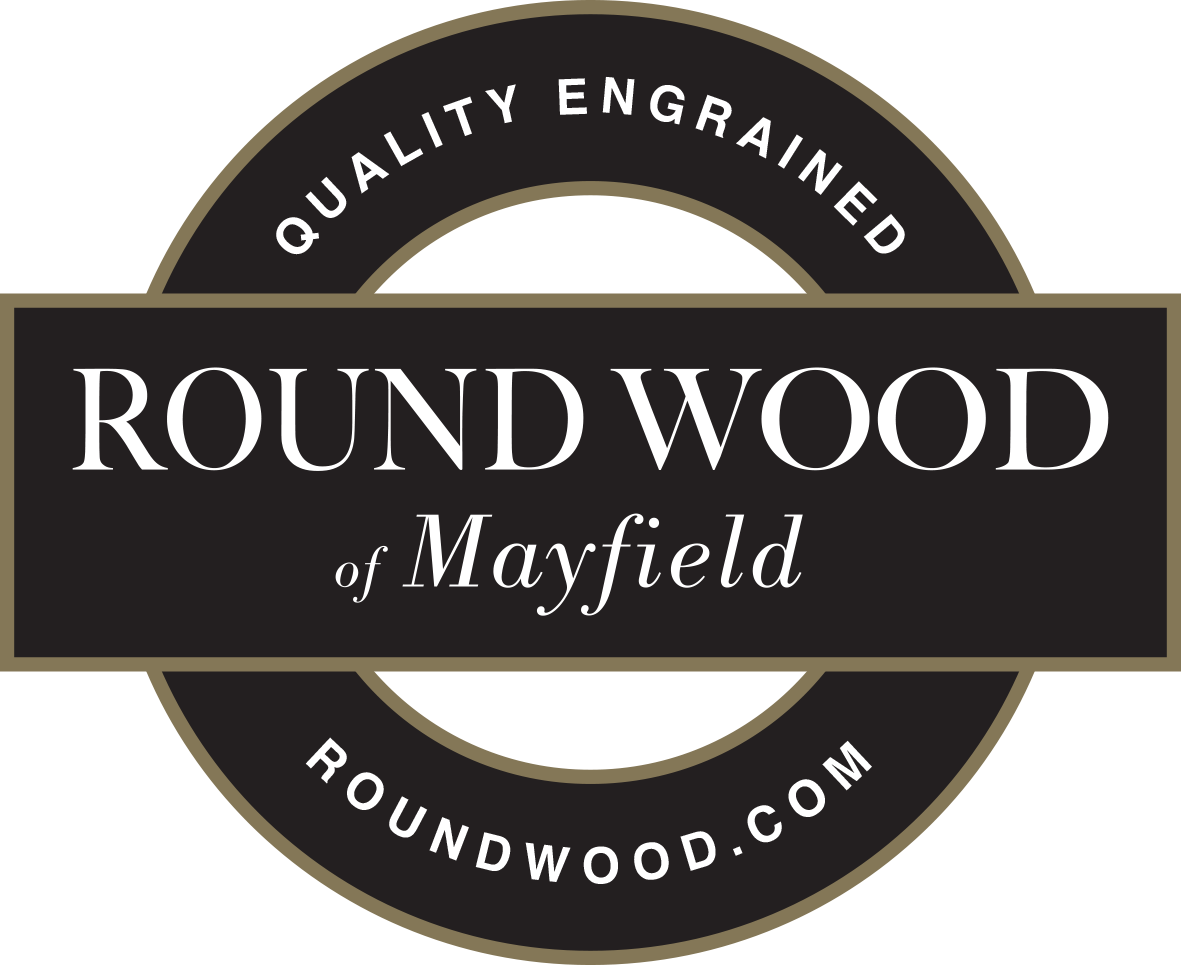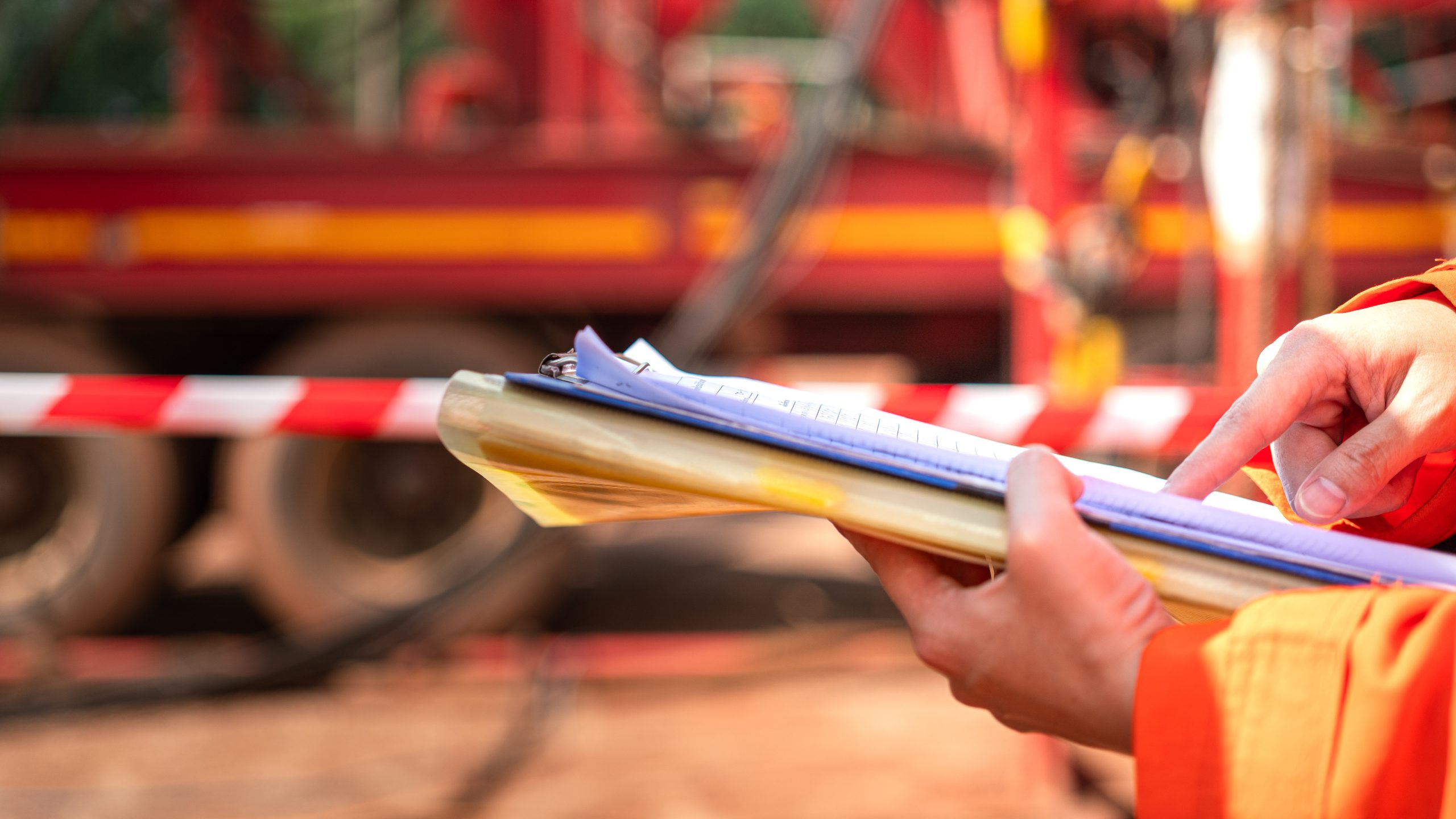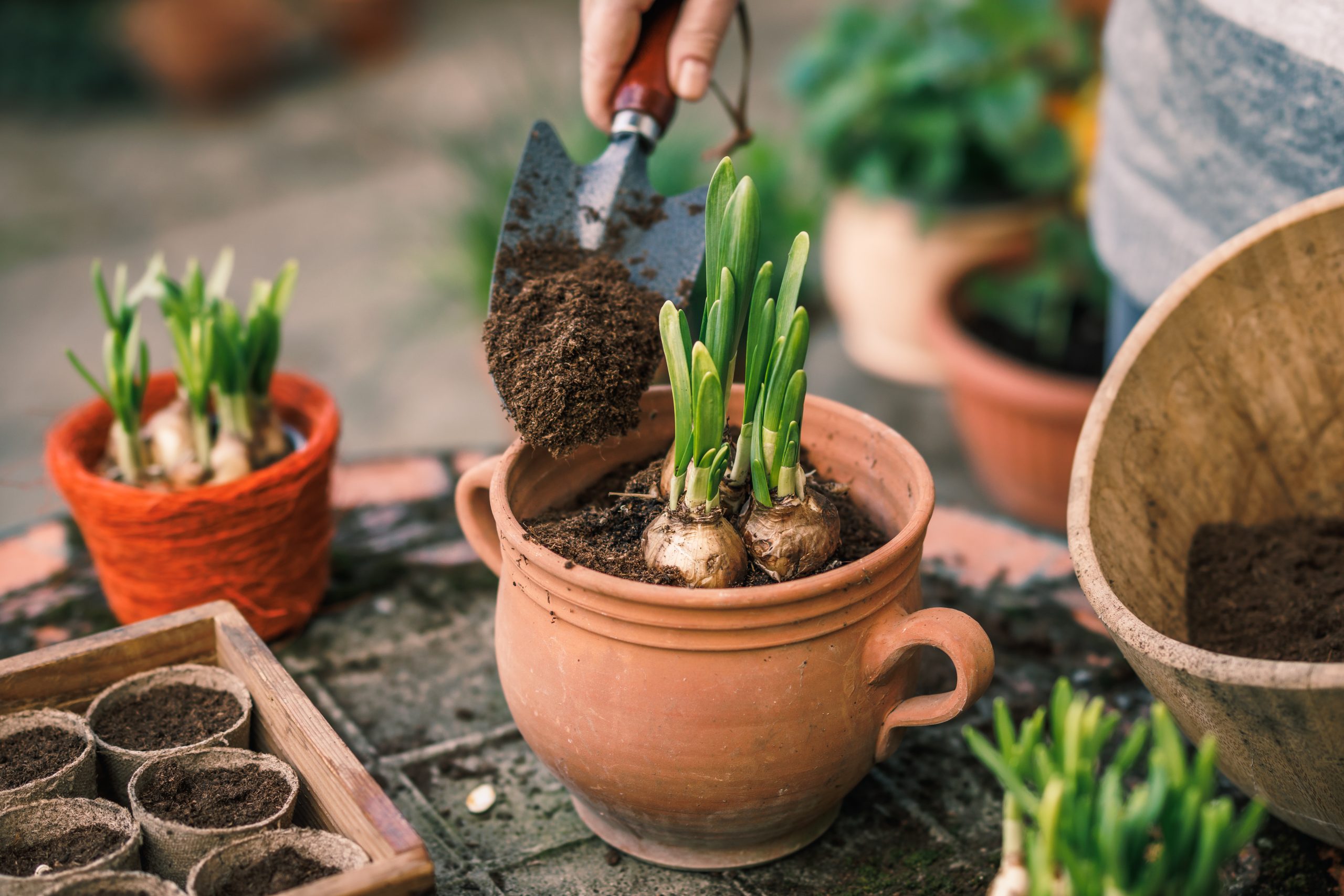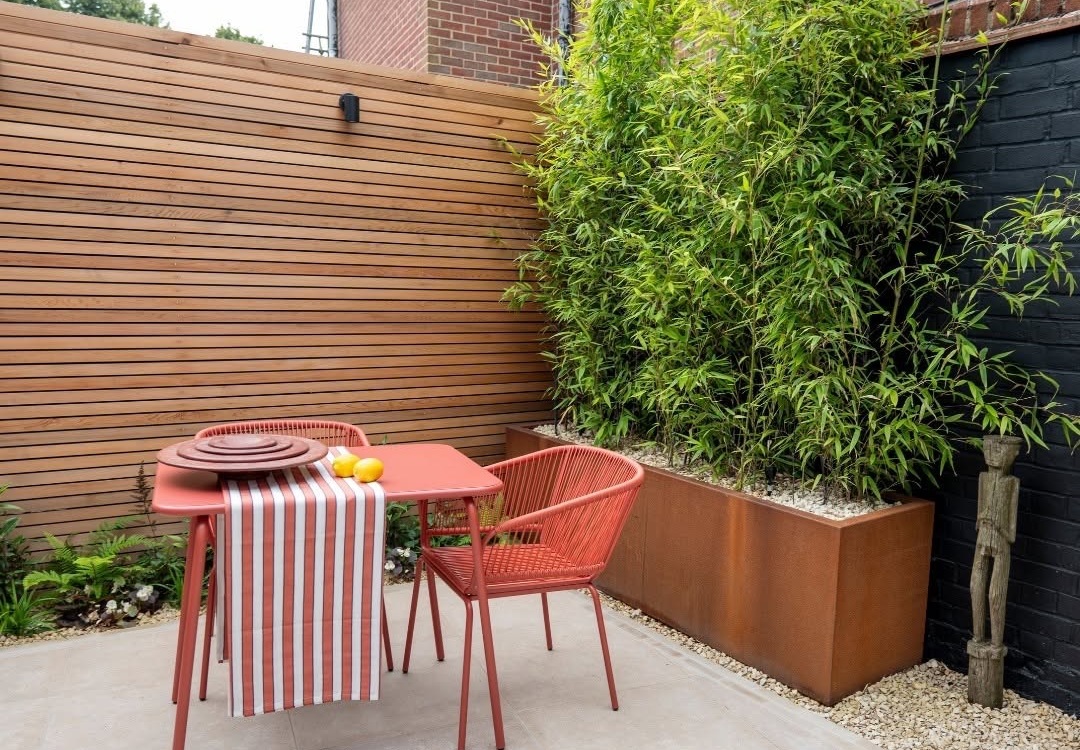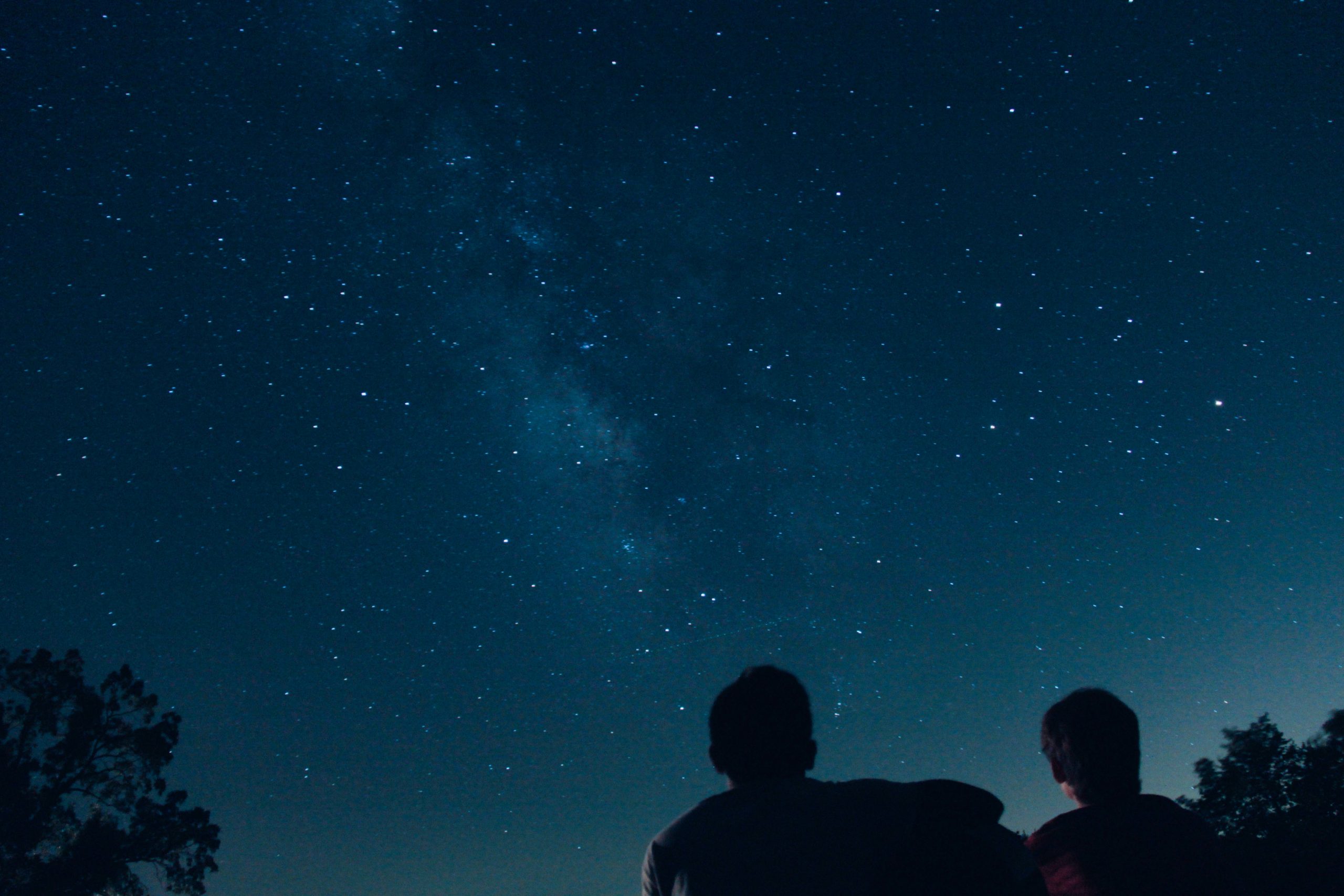Planning Permission for Extensions
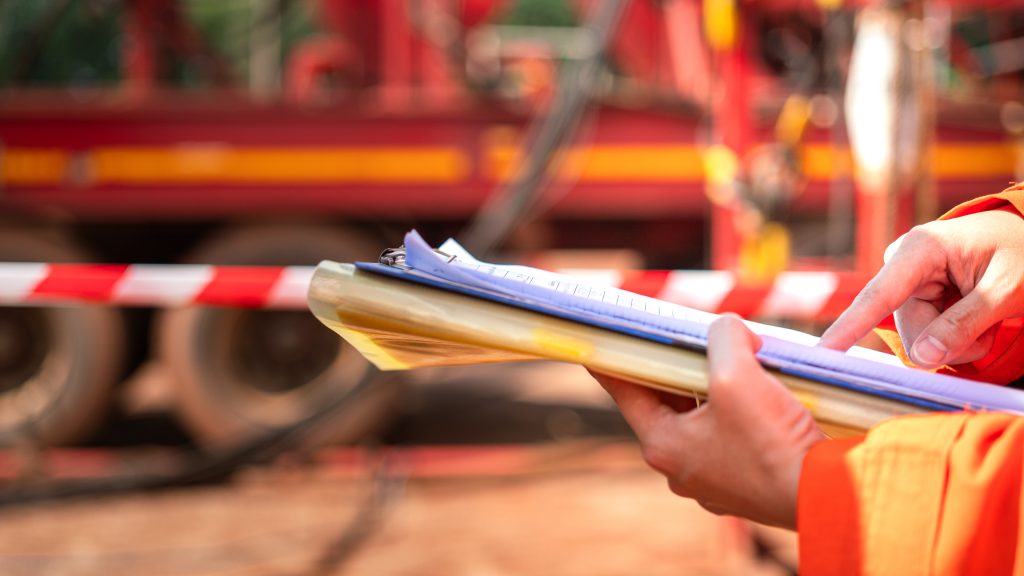
Extending your home can add space, light, and value, but before you start, it’s essential to understand the planning rules that apply. Many extensions can be built under permitted development rights, but not all projects qualify. Knowing where your build sits within the rules can save time and cost.
At Round Wood of Mayfield, we design and supply bespoke oak extensions with expert guidance at every stage.
What Counts as an Extension?
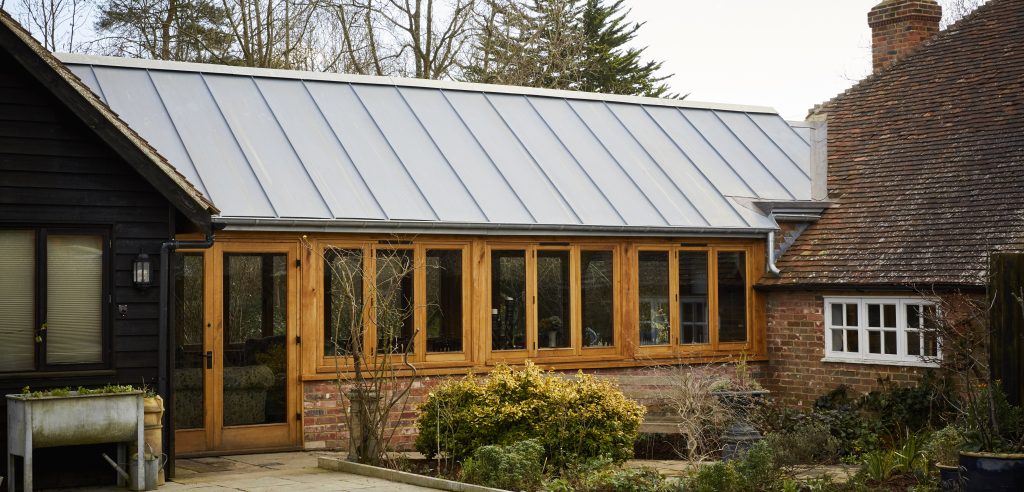
An extension is any structure that adds to the main footprint of your home, creating new internal living space rather than a detached area. This includes single-storey or multi-storey rear or side extensions, as well as conservatories, orangeries, some types of garden rooms, and integrated balconies.
Unlike outbuildings, extensions are physically connected to the house and designed for everyday use. Any addition should be proportionate to the original property, complementing its design, materials, and roofline, while remaining incidental to the home’s overall character and function.
Need guidance on planning permission for outbuildings? Check out our dedicated guide →
When You Don’t Need Planning Permission
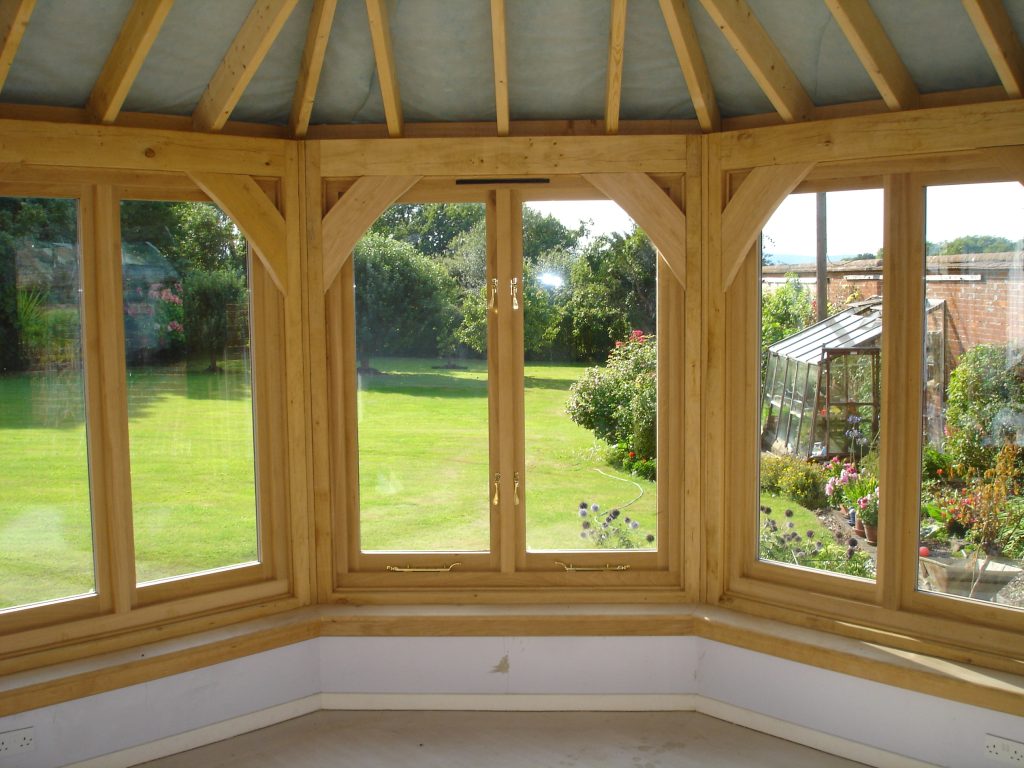
Many homeowners can actually extend their property without applying for planning permission, thanks to what’s known as permitted development rights. These rights allow certain works to go ahead as long as specific conditions are met. To qualify:
- Only half the land around the original house can be built on, and extensions must not be higher than the existing roof or eaves.
- No extension can sit forward of the front wall or face a highway.
- The maximum height is 4 metres for a single-storey structure, with eaves limited to 3 metres if the build is close to a boundary.
- Materials should closely match the existing property.
- Features such as verandas, balconies, or raised platforms are not permitted.
Importantly, these limits apply cumulatively, meaning any previous extensions are included in the total enlargement. Always check existing works before planning your next addition.
Planning Guidance for Your Extension Type
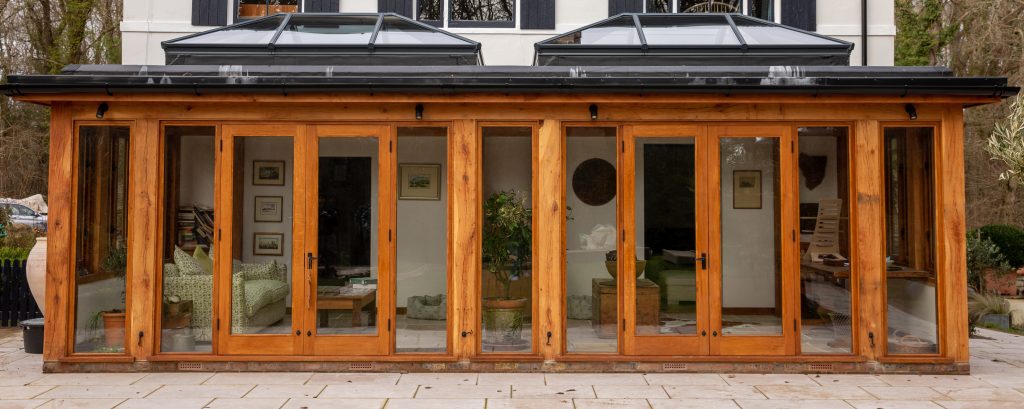
Single-Storey Extensions
For most homes, single-storey rear extensions can be built without planning permission, provided they meet certain limits. Detached houses can extend up to 4 metres beyond the original rear wall, while semi-detached and terraced properties are limited to 3 metres.
On non-designated land, larger extensions may be possible, up to 8 metres for detached homes or 6 metres for others, under the prior approval process, which involves notifying your local council and neighbours before work begins.
The extension must not exceed 4 metres in overall height, and its roof pitch and external materials should closely match the existing house to maintain a consistent appearance. Staying within these limits helps ensure your project qualifies as permitted development and avoids the need for formal planning permission.
Multi-Storey Extensions
Two-storey or multi-storey extensions are subject to stricter planning limits. They must not extend more than 3 metres beyond the rear wall of the original house and must be at least 7 metres from any boundary directly opposite that wall. The roof pitch should match the existing house as closely as possible to maintain visual harmony. Any side-facing upper-floor windows must be obscure-glazed and non-opening below 1.7 metres from the floor to protect neighbour privacy.
On designated land such as conservation areas or National Parks, multi-storey extensions always require full planning permission.
Special Cases
Some properties face tighter restrictions on what can be built under permitted development:
- Homes on designated land, including National Parks, Areas of Outstanding Natural Beauty, conservation areas, and World Heritage Sites, must follow stricter rules, particularly for cladding or side extensions.
- Listed buildings always require full planning permission for any form of extension, no matter the size or design.
- Flats and maisonettes have no permitted development rights at all, meaning any extension will need approval.
- In some areas, councils impose Article 4 Directions, which remove permitted development rights entirely.
- Finally, if your project adds more than 100 square metres of new internal floor space, it may be liable for a Community Infrastructure Levy (CIL), depending on your local authority’s policy.
Practical Steps Before You Start
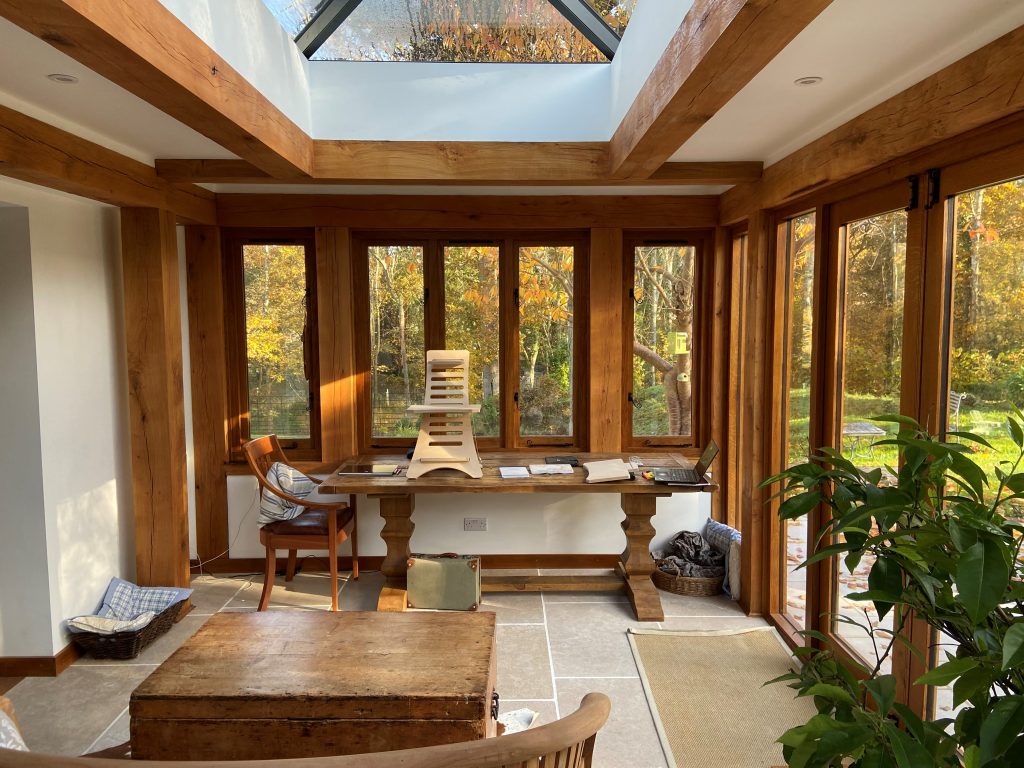
Before starting any extension, take time to confirm the planning details. Begin by checking your local authority’s planning portal to see how the rules apply to your property. If you’re unsure, apply for a Lawful Development Certificate, which provides written confirmation that your project is compliant.
Even when planning permission isn’t needed, building regulations may still apply, covering areas such as structural work, glazing, electrics, and insulation. For larger builds, it’s also wise to speak with neighbours early. Open communication can help prevent objections later, particularly during the prior approval process.
Our Expertise in Oak Extensions
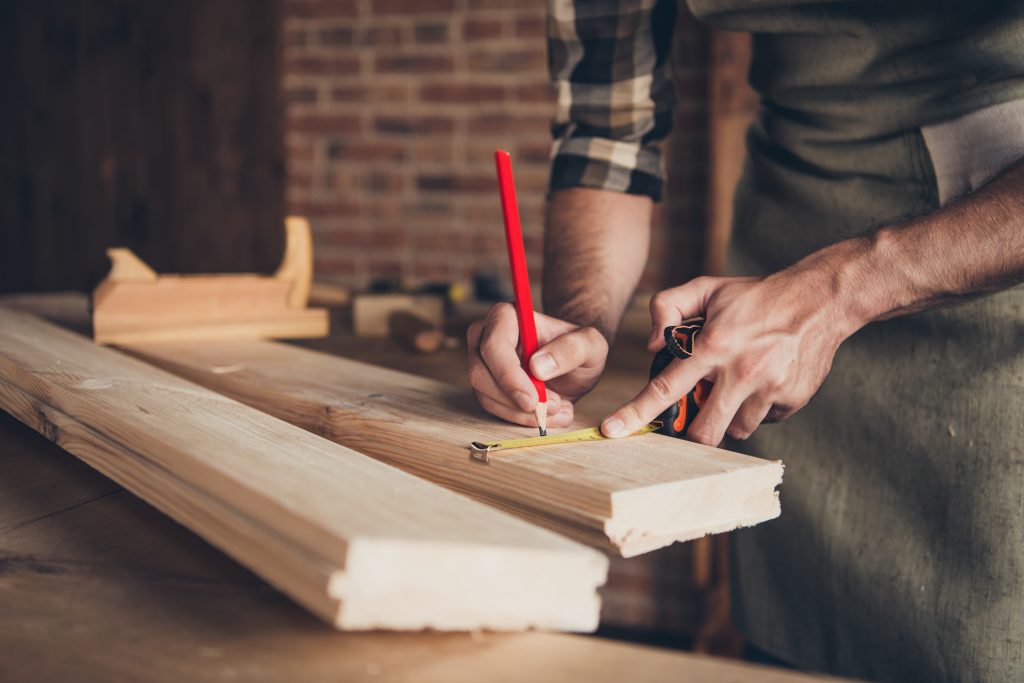
With over 30 years of experience, our team specialises in oak-framed extensions, including orangeries, conservatories, garden rooms, and balconies. Our team understands the balance between design ambition and planning compliance, offering guidance to ensure every project meets both aesthetic and regulatory requirements.
From concept to completion, we help homeowners navigate material choices, proportions, and local restrictions. Discussing your plans with us early ensures your extension aligns with planning rules while achieving the natural warmth and character that define our oak designs.
Planning Your Oak Extension with Confidence
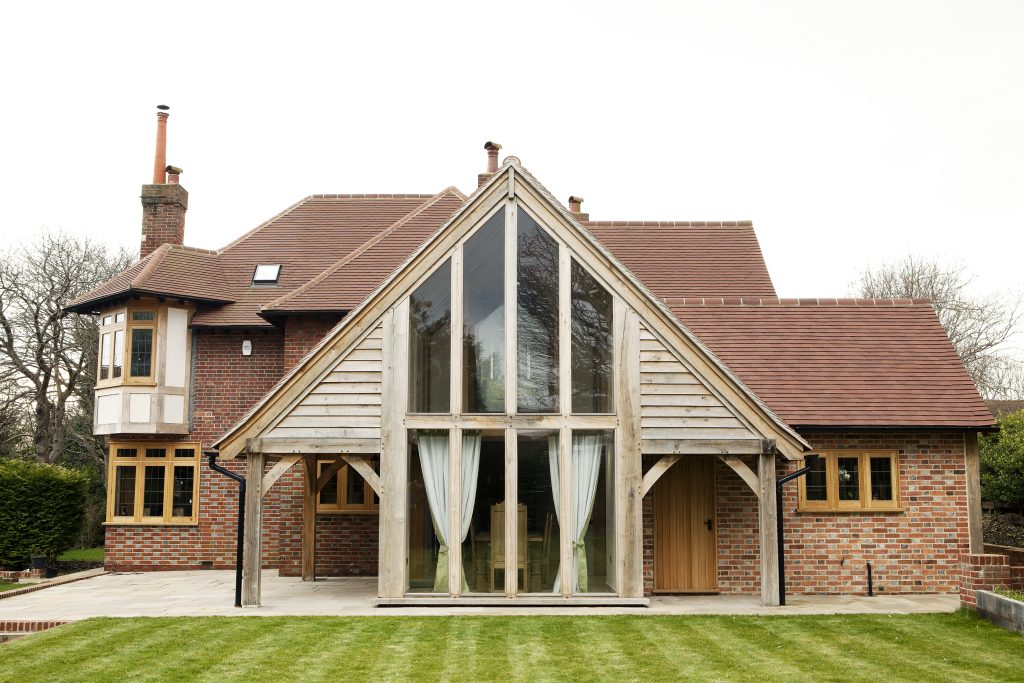
With the right preparation and understanding of the rules, most home extensions can be completed without planning issues. Taking time to confirm the details early helps keep your project on schedule and stress-free. If you’re considering adding space, light, or character to your home, explore Round Wood’s oak extension range for inspiration, and see how thoughtful design and expert guidance can turn your vision into a lasting addition.
